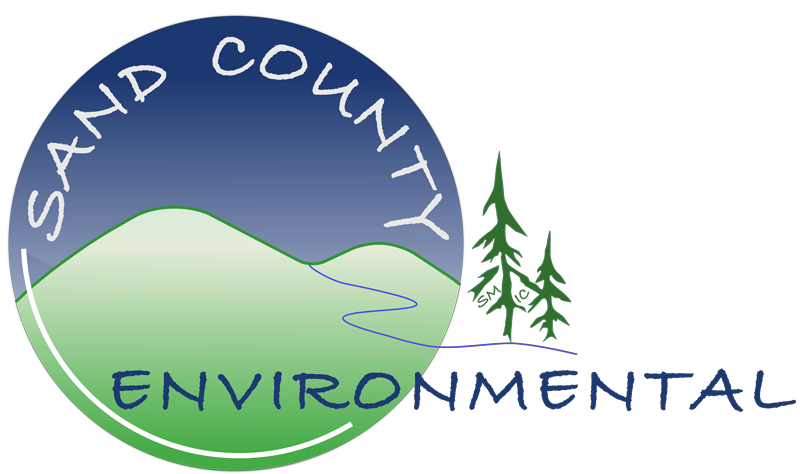We are excited to announce that another Environmental Technician has joined SCE at our Rhinelander location!
Mr. Jacob Cafferty graduated from the University of Wisconsin - Stevens Point with a Bachelor’s degree in Environmental Science and Management. He is currently pursuing his Master’s degree in Natural Resources, Conservation and Leadership.
Jacob has previously worked as a wildlife rehabilitator and fishery technician. Since 2019, he has also been a member of the Wisconsin Air National Guard. During the summer months, he has worked in Alaska at his family’s fishing charter.
With his wide array of experience and education, we are confident that he will be an excellent addition to our team.
... See MoreSee Less
We are pleased to announce that Ms. Brenda Halminiak, PG, has joined our Sand County Environmental team!
Brenda has a bachelor's degree in Geology. She is a licensed professional geologist with over 22 years of experience in landfill monitoring, phytoremediation, and hazardous waste, along with many environmentally conscious programs regarding remediation and redevelopment.
We are very excited to have her come on board!
... See MoreSee Less
We are pleased to announce that Miss Laura Traver has joined our team.
Laura is an Environmental Technician who will be working out of the Rhinelander office. Laura has a bachelor's degree in Forestry with an Emphasis in Ecological Restoration and management with a minor in Soils. She has experience with wetland delineation, water chemistry, and soil sampling. She has also worked as a Restoration Technician managing invasive species and doing native vegetation plantings. Within the field of environmental consulting, she is eager to continue to learn and grow within her career.
We are very excited to have her come on board!
... See MoreSee Less


0 CommentsComment on Facebook